Accession could be done even after August 15, 1947
| Jammu Kashmir Now | The facts and information abou 14-Jan-2019 |
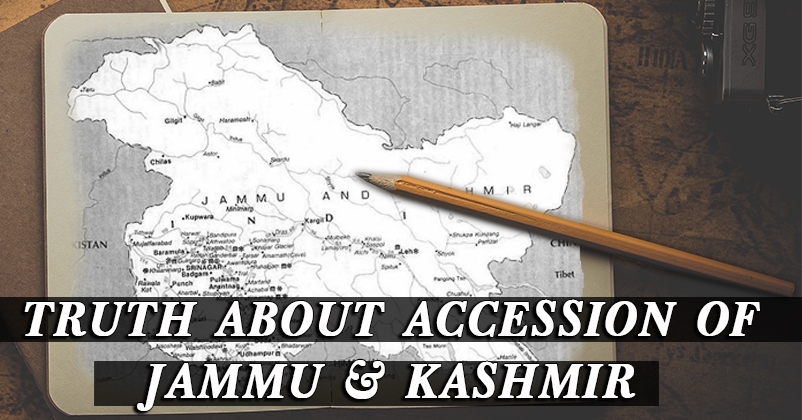
With the enactment of Indian Independence Act, 1947 British retreat from India was confirmed in 1947 itself. Hence, Indians now had to prepare certain rules and regulations to manage the internal affairs and external relations of the country, therefore, Constitution of India has to be prepared. Simultaneously, the princely states, which were having suzerainty of British crown, would be freed and their respective rulers have to decide which dominion their state will go. Therefore, a common text of Instrument of Accession was designed by Lord Mountbatten for more than 550 Princely States.
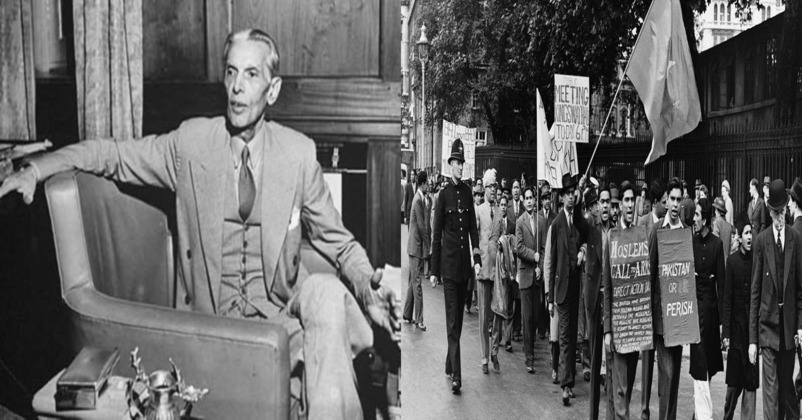
Creation of Pakistan
Mohd Ali Jinnah wanted a separate nation exclusively for Muslims, as he felt that the interest of Muslims would not be safeguarded under the majority Hindus, after the British retreat from India. So, this made the basis of ‘Two Nation theory’ and a new country Pakistan was be carved out of India. But this theory was applicable only on British India whereas princely states were freed to make a choice from the two dominions i.e. India and Pakistan. On 3 June 1947, Louis Mountbatten, first Earl Mountbatten of Burma and the then Viceroy of India, announced carving out of an area out of British India for Pakistan, a theocratic Islamic State. As per plan prepared by him Indian Independence Act was passed by British Parliament and it received Royal Assent on 18 July 1947. So, the only option left for the Indian People was to accept the fortunes as were written in the India Independence Act 1947.
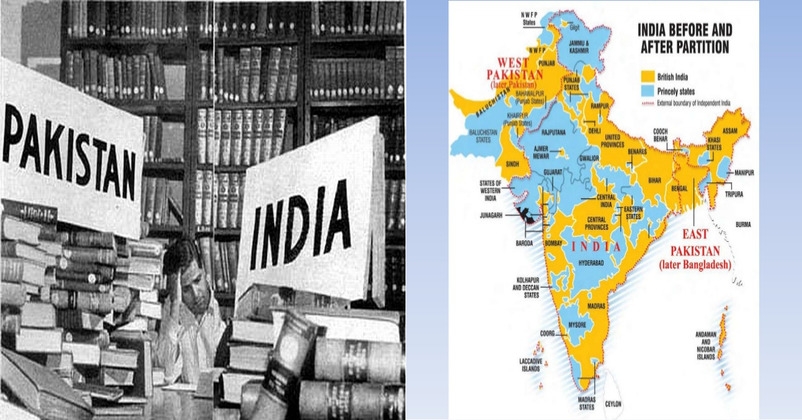
Indian Independence Act and princely states
Indian Independence Act did not transfer the Paramount Power to India or to new Dominion of Pakistan and the rulers of these princely states had to make decision about the fate of their kingdoms. Also, the accession of the state was not based on the strength of Muslim or Hindu population of princely states but the rulers had the sole discretion and they had to take decision in this matter. Though the timing of accession was not pre-defined but it was expected that all the princely states would accede either before or on August 15, 1947, so that assimilation of the state would be done in a time bound manner.
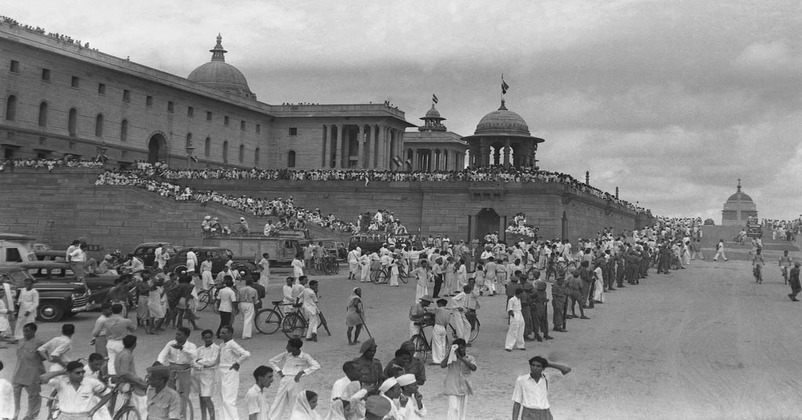
No option for princely states to remain independent
There was no condition laid down in the India Independence Act directing that a princely State could accede to India or Pakistan Dominion only by or before 14 August 1947. Only advisories had been issued to Princes for taking such decision before 14 August to have a peaceful transition. But this does not mean that this presumption will hold true that any princely state was having an option to remain independent. The same is the case with Maharaj Hari Singh of Jammu and Kashmir.
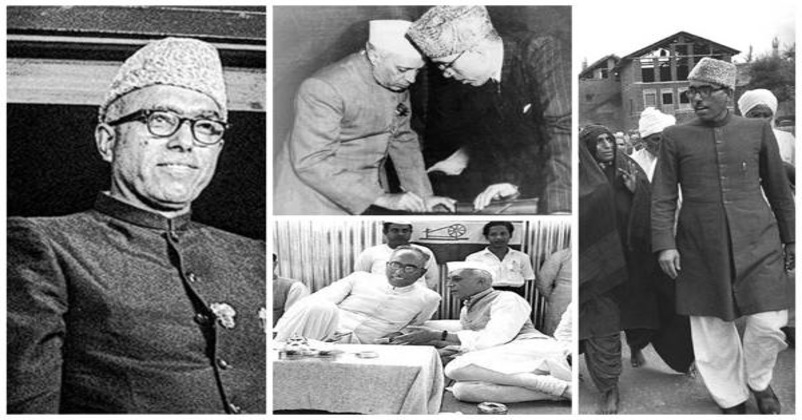
Delay in accession was due to unwarranted demands of the then Indian Government
Maharaja Hari Singh did not sign the Instrument of Accession on or before 15 August 1947. The reason for delay has less to do with Maharaja and more to do with the Indian Government under Nehru’s leadership. The delay in accession was the result of unwarranted attitude and strange demand of Indian leadership. In fact Maharaja Hari Singh wanted to accede to India immediately after the lapse of British Paramountcy over princely states, but Nehru’s unreasoned support to Abdullah and insistence that power must be transferred to the latter as a prelude to accepting the accession was the main reason that the Instrument of Accession was signed after Abdullah was released from Jail and made the interim Prime Minister of the State.
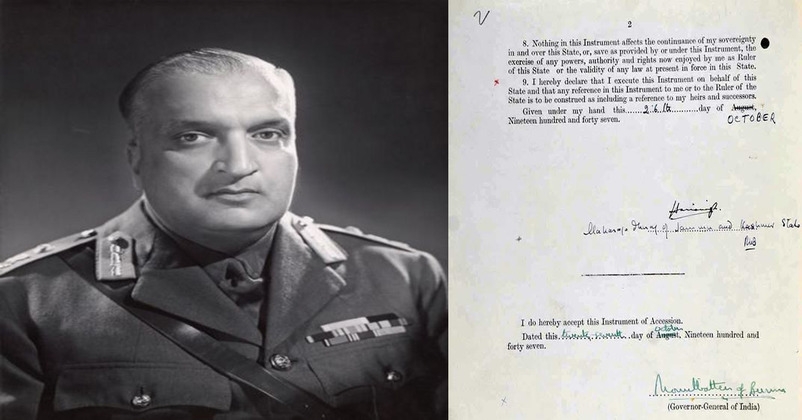
Maharaja’s reservation against Sheikh Abhdullah yet he was made Prime Minister of J&K
Maharaja Hari Singh has certain reservations about Sheikh Abdullah because of his obvious attitude against him. The Quit Kashmir call was given against the Dogra Raj by Sheikh Abdullah in May 1946 was directly opposing a democratic and benevolent Maharaj Hari Singh, who always gave priority to his state subjects. The way the Quit Kashmir call was promoted and projected surely cultivated bitterness in the mind of Hari Singh. And to add to this the Senior Congress leaders, in a way suggested, Maharaja Hari Singh to appoint Sheikh Mohd Abdullah (NC leader) as the Prime Minister of J&K immediately on acceding to India Dominion. Hari Singh was Maharaja of a Princely State and he was finding it difficult to accept the attitude of the then Congress Government but he yielded to their demands. Even the letter dated 26th Oct 1947 indicates it. The letter says; “I am also to inform your Excellency's Government that it is my intention at once to set up an interim Government and ask Sheikh Abdullah to carry the responsibilities in this emergency with my Prime Minister”. So, considering that Maharaja Hari Singh did mention in his letter of 26th October addressed to Lord Mountbatten, were surely a reaction to the circumstances that emerged out of the approach of Delhi leaders adopted for J&K, particularly after May 1946
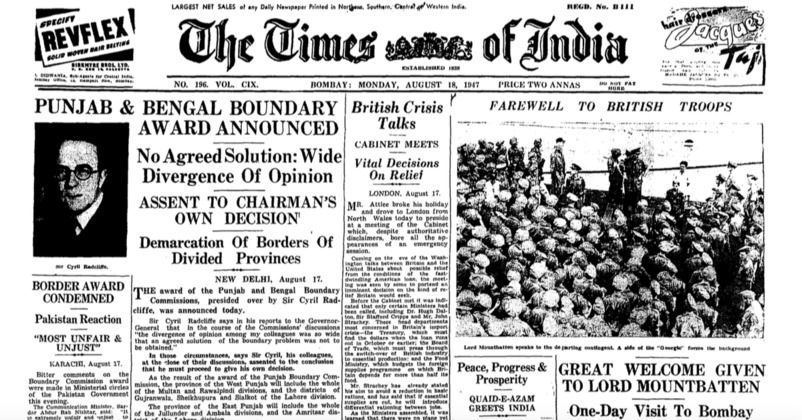
Boundries of two Dominions were not made public till August 16, 1947
The final boundaries of Pakistan were not settled till 15th August. A provisional border line for Pakistan had been drawn up by Lord Wavell Viceroy of India prior to his replacement with Mountbatten in February 1947. In order to draw final boundary lines of Pakistan, in June 1947, the British Government appointed Sir Cyril Radcliffe as Chairman for the Boundary Commission for Bengal and Boundary Commission for Punjab. The Commission was advised to demarcate the boundaries out of British India (excluding Princely States) on the basis of contiguous majority Muslim areas and non Muslim areas. Of course there were some other undefined factors that could be kept in view like natural boundaries, communications, watercourses, irrigation systems, as well as socio-political consideration. The commission had 2 representatives each from the Indian National Congress and the Muslim League. Radcliffe reached India in 2nd week of July 1947. Radcliffe was prevailed upon by Mountbatten to accept the deadline for finishing task by August 15. Radcliffe Award kept most parts of Gurdaspur District, except for the sub-division of Shakargarh, out of West Pakistan. But this was announced after 15th August 1947. It was only after this announcement that a direct regular link with India dominion was available to J&K. No doubt the Radcliffe completed the job before 15th August 1947. But it would remain a question why the Radcliffe Line was made public after 16th August. Hence, the delay in demarcation of the boundaries also cements the fact that there was no condition for acceding to India only before 15 August. 1947 because the clear-cut boundary lines were not drawn.
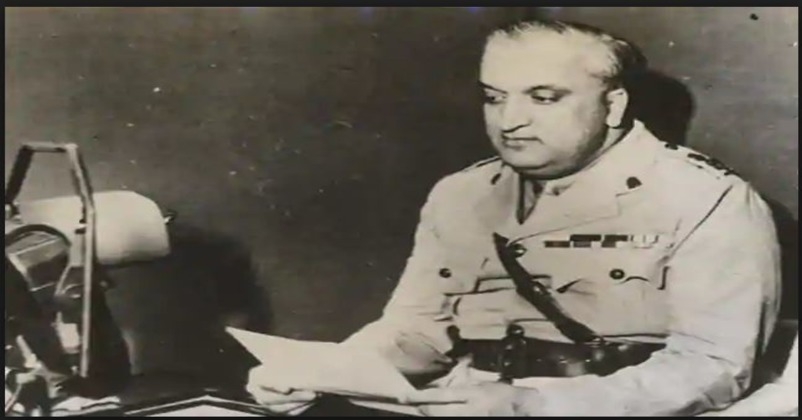
So, the delay in accession was not due to any imaginary option for remaining independent but because of attitude of the then Delhi Government. Therefore, even if the Accession was done by Hari Singh after 14 or 15 August 1947, it was fair and legal in terms of Indian Independence Act, 1947.